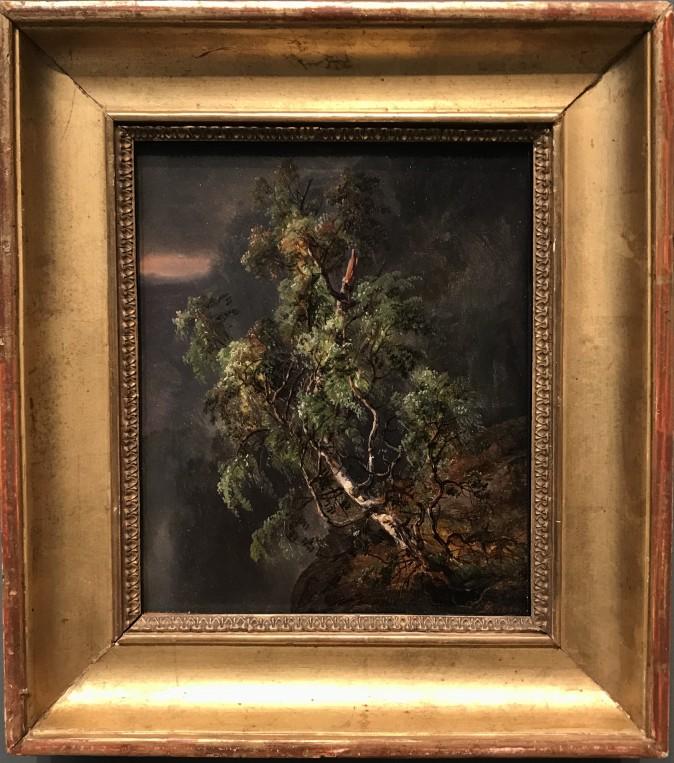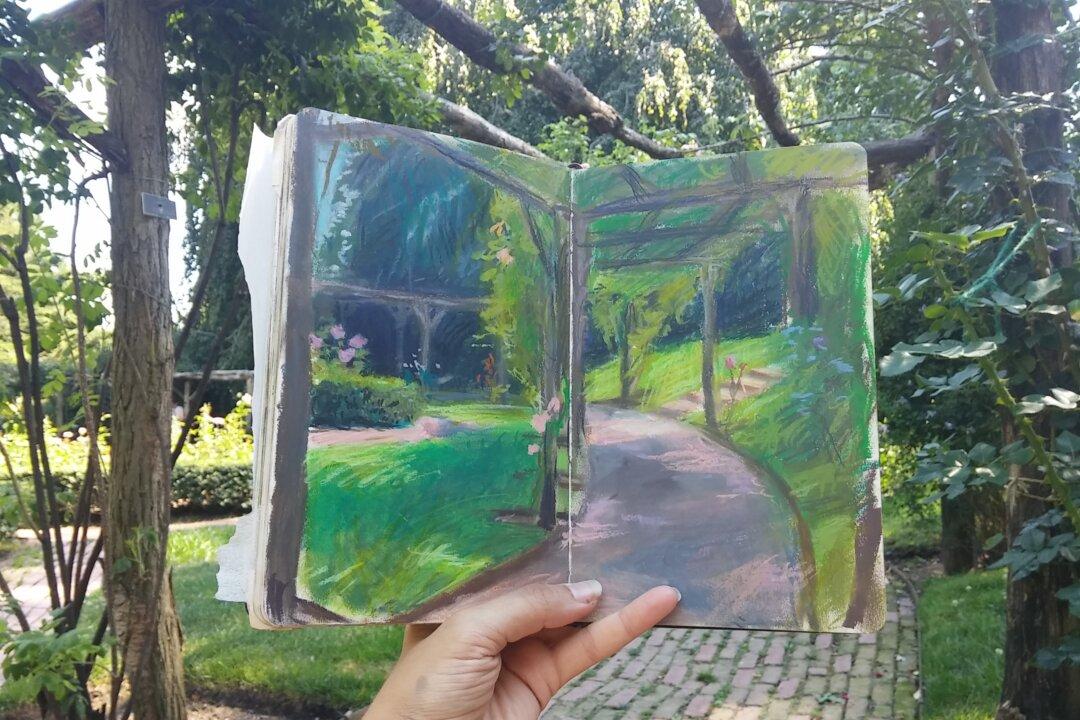NEW YORK—“The beauty of nature takes the leading role,” wrote the Norwegian artist Peder Balke (1804–1887) about his journey to Finnmark. The northernmost point of continental Europe left a lasting impression on this seascape painter, giving him inspiration for the rest of his years.
You can experience his journeys vicariously through his paintings of the sublime, via an exhibit at The Metropolitan Museum of Art, “Peder Balke: Painter of Northern Light,” running until July 9. Every painting on display of the recently rediscovered artist exalts the power and beauty of nature.
Dramatic light piercing through majestic clouds in an otherwise dark ocean, towering peaks looming in the far distance, or a boat holding human figures who are tiny in comparison to waves thrusting toward ominous cliffs are some reoccurring features in Balke’s paintings. Together, they ultimately attest to nature’s inevitably humbling force upon humans, characteristic of northern Romantic painting.
[gallery size=“large” ids=“2249080,2249091,2249084”]
Balke seems to have been so transfixed by nature that it drove him to represent it in his own idiosyncratic way. Reflecting on his journey in 1850, Balke wrote:
“Nor is any pen capable of describing the grandiose and enchanting impression made on the eye and the mind by the wealth of natural beauty and the incomparable situations, an impression that not only overwhelmed me then and there, in the intoxication of the moment, but also had a decisive influence on the whole of my life, in that I have never, either abroad or in other parts of the country, had occasion to see anything equally exalting and inspiring as that which I witnessed on this journey to Finnmark.”
Born into a family of landless peasants on the remote island of Helgoya in the middle of Mjosa, Norway’s largest lake, Balke was not hindered by his humble and remote circumstances. Showing promise as a young painter, he first trained with local artisans and was exposed to and learned from great art of the past, but maintained his own personal style.
“Balke was a bit of a maverick. He was ambitious, and he was kind of fearless, given his background. From a very early age, he was introducing himself to royalty, making pictures for them, and was not discouraged by the fact that he did not paint like his contemporaries,” said Asher Ethan Miller, assistant research curator in The Met’s European paintings department, during a press viewing.
Balke traveled extensively, including to Copenhagen, Berlin, Paris, London, and St. Petersburg, Russia. He sought academic training in Oslo and then in Stockholm from 1829 to 1833. In Dresden, Germany (from 1835 to 1836), he met the two great landscape artists Caspar David Friedrich (1774–1840) and Johan Christian Dahl (1788–1857).







